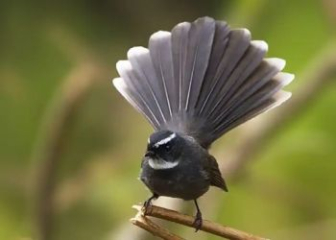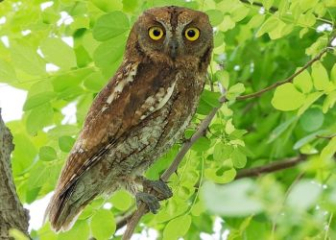Nightingale bird - The bird with the most melodious voice in the world
Blog | by
The nightingale bird is a bird famous for its soulful, rhythmic night song. It is migratory and lives in the wild, and is rarely kept as a pet.
The nightingale bird (scientific name Luscinia megarhynchos) is one of the most famous birds in the world with its melodious song that resonates in the dark of night. In addition, thanks to its rustic appearance and reclusive lifestyle, the nightingale has become a symbol of Western poetry, song and literature.
If you want to better understand the origin, habits and meaning of the nightingale, don't miss the article below from nicebirds !
Nightingale information :
|
Scientific name |
Luscinia megarhynchos |
|
Common name |
Nightingale |
|
Source |
Europe, West Asia, North Africa |
|
Set |
Passeriformes - Order Passeriformes |
|
Surname |
Muscicapidae - Flycatchers |
|
Size |
15 - 16.5 cm |
Origin of the nightingale
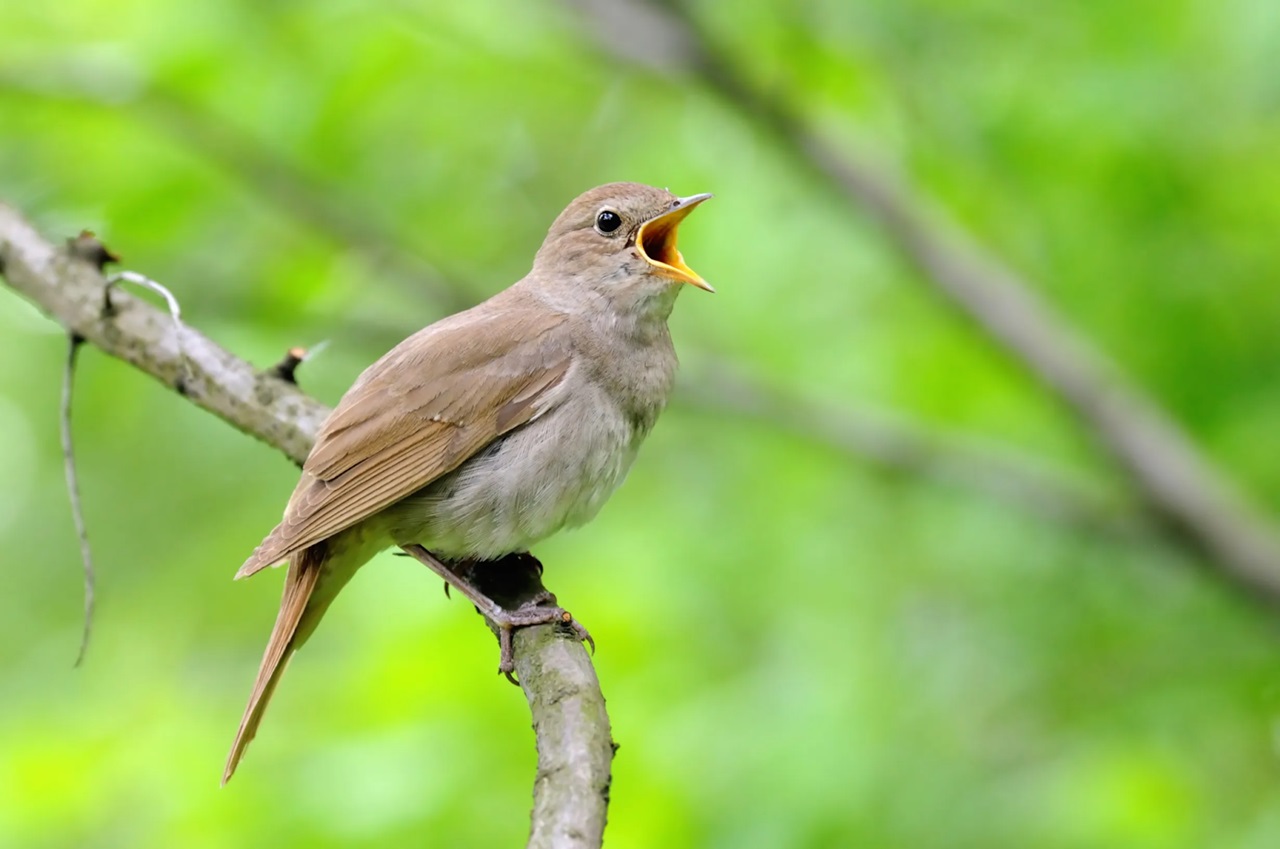
A nightingale is singing loudly.
The nightingale, scientifically known as Luscinia megarhynchos, is a species of flycatcher in the Munscicapidae family. They are native to temperate regions of Europe, Western Asia and North Africa. They are seasonal migrants with the following distribution:
- Breeding area : England, France, Germany, Turkey, Iran,...
- Wintering areas : Ghana, Nigeria, Democratic Republic of Congo,...
Why is the nightingale famous and loved?

The nightingale is a beloved bird and is popular in poetry and songs.
The nightingale is considered a symbol of eternal beauty, music and emotion in many cultures, loved by many people and also appears in many literary works, poems, songs,... Let's find out why they are so famous.
Special call with over 200 different syllables
The nightingale has a very beautiful, distinctive song with over 200 different syllables. Its sound is resonant, long-lasting and rarely repeats the same melody.
Unlike some birds that usually sing during the day, nightingales can sing loudly at night, especially during the breeding season.
Symbol of loneliness
The nightingale is likened to a “night storyteller” because its song at night is both romantic and a bit melancholy.
That is why in poetry, people often compare the sound of the nightingale to a symbol of longing or loneliness.
Appears a lot in Western literature and poetry.
From ancient times until now, the nightingale has always been a great source of inspiration for writers, poets, and musicians in the West, typically Shakespeare, John Keats, Samuel Taylor Coleridge, Shelley, and TS Eliot.
Even the great composer Beethoven once imitated the nightingale's song.
Nightingale Appearance
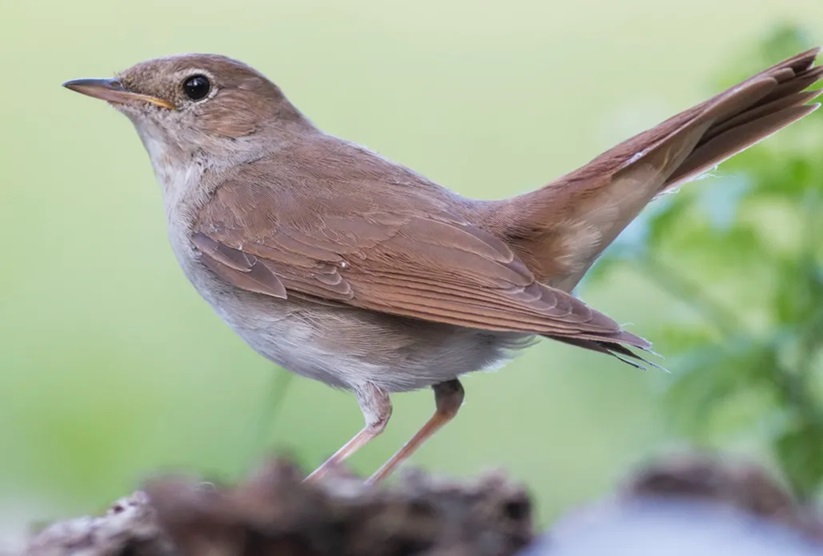
The rustic appearance of the nightingale.
Although the nightingale is a bird famous for its special song, its appearance is also very unique, distinct and different from many other songbirds. Let's find out here!
Size and shape :
- Length : 15 - 16.5 cm
- Weight : 18 - 27g
- Wingspan : 24 - 26 cm
- Shape : Small like a thrush or a thrush but more muscular.
- Head : Round, small, well-proportioned.
- Eyes : Large, black, bright, with ivory white rims.
- Standing posture : Stand straight, neck held high, tail slightly tilted down.
- Singing posture : Head raised, neck shaking slightly
Characteristic coat color :
- The back and wings are light brown or reddish brown, smooth in color, without stripes or spots.
- Breasts & belly are pale beige or grayish white, not patchy.
- The tail is a darker reddish brown, long, and slightly flared.
- The beak is black-gray, the legs are pink-gray, small but very strong.
Habits and behavior of nightingales
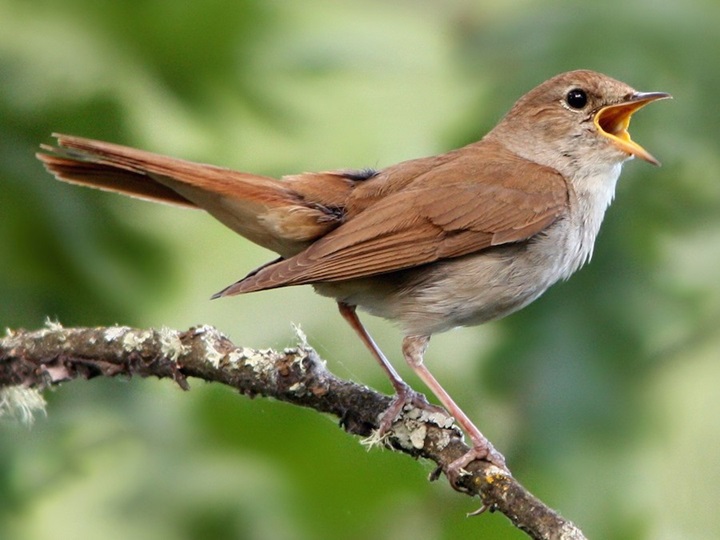
A nightingale was singing loudly on a tree branch.
The nightingale not only has a unique voice but also has different habits, behaviors and lifestyles compared to many other bird species. Let's find out here!
Sings day and night
Nightingales sing a lot, especially the males. They can sing day and night, singing non-stop for many minutes. Especially in the breeding season, a male nightingale can sing 20 hours a day.
Their songs are very special, with varied notes, length, and rich resonance with more than 200 types of sounds.
Night activities (part)
Although not strictly nocturnal, the nightingale prefers to sing at dusk or late at night, especially when it is quiet or when looking for a mate.
This is also the reason why this bird is called "nightingale" - "bird of the night".
Habits
In nature, nightingales often live in bushes, sparse forests, gardens or parks. Places with many low, hidden tree canopies.
They also rarely fly into open spaces or fly high, mainly running and jumping low on the ground.
Is a seasonal migratory bird
Nightingales are seasonal migratory birds. They do not live in one place but migrate to warmer places when the cold winter comes.
They migrate in small groups or singly at night, not in large flocks or herds like many other birds.
Eating habits
Nightingales generally eat insects such as beetles, worms, earthworms, and spiders. They also occasionally eat berries when in season.
Although they are birds, they usually hunt and forage on the ground. They will use their sharp beaks and strong legs to dig for insects in the layers of fallen leaves.
Reproductive behavior
Nightingales usually nest in dense bushes, close to the ground. They build their nests with dry grass, leaves and even moss. Each clutch of female birds lays 4-5 eggs. The female then incubates the eggs, while the male bird guards the nest, protects the female and the eggs and sings.
The chicks hatch after about 14 days, and they can leave the nest and live independently after only about 10 - 12 days.
Why are nightingales not popular among pet birds?
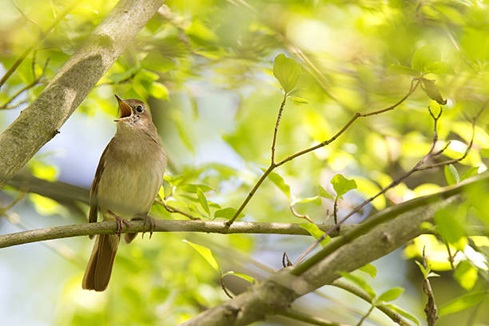
The nightingale is a strictly protected migratory bird.
Although nightingales sing beautifully, they are rarely kept as pets and are not as popular as nightingales, magpies or swallows. Let's find out why in detail!
As a migratory bird, it needs to be protected.
Nightingales are transcontinental migratory birds from Europe to Africa, so they are strictly protected by wildlife protection laws, especially in European countries.
In some countries, it is even illegal to keep Nightingales in captivity.
Difficult to adapt to captivity
Nightingales do not adapt well to captivity. And when kept in captivity for a long time, they can become stressed, leading to loss of singing voice, being picky about food and drink, and needing adequate natural light and air conditions to be able to sing at the right time.
Singing voice only develops best in natural environment
Nightingales are famous for their legendary singing voices and only when living in the natural environment can they develop their singing well.
A captive nightingale will have a song that lacks emotion and is not as beautiful as one living in the wild.
Questions and answers about nightingales
What is the English name of the nightingale?
The English name of the nightingale is “Nightingale” which means “singing at night”.
What do baby nightingales eat?
They may eat young caterpillars, small earthworms or soft insect larvae. The parents will forage for food, then tear it into pieces and feed it to the chicks.
What time does the nightingale usually sing?
Nightingales sing most often in early spring and late summer (breeding season). They sing both day and night, but are most prominent at night.
Beautiful, rustic nightingale image
Nightingales are not kept as pets, so many of you will not have the opportunity to admire their rustic beauty. Therefore, here, we have collected many beautiful and rustic nightingale images for everyone to freely admire and feel more clearly about this special singing bird!
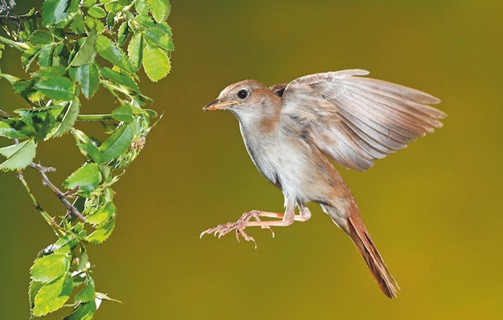
Image of a nightingale flying in the sky.
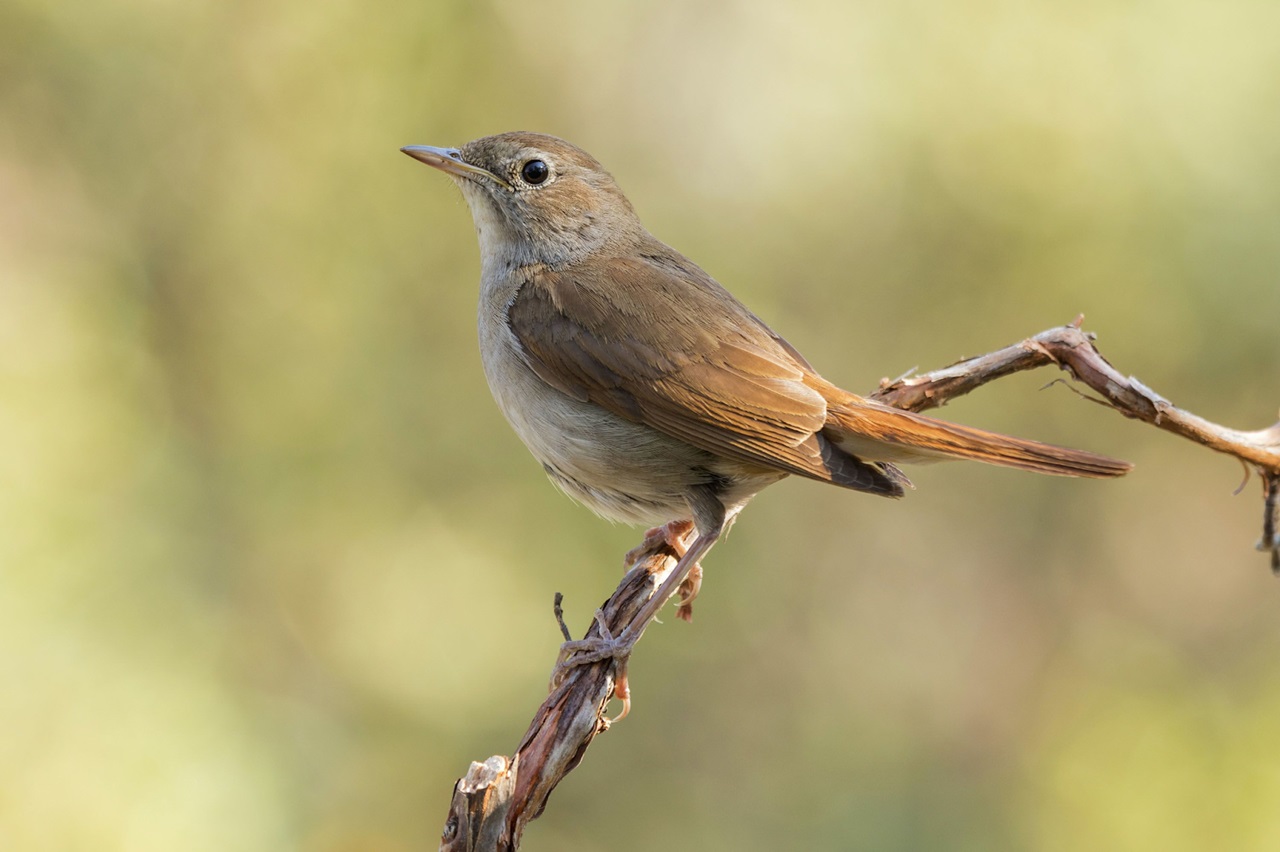
A nightingale with smooth, rustic plumage.

Image of a nightingale perched on a rock.
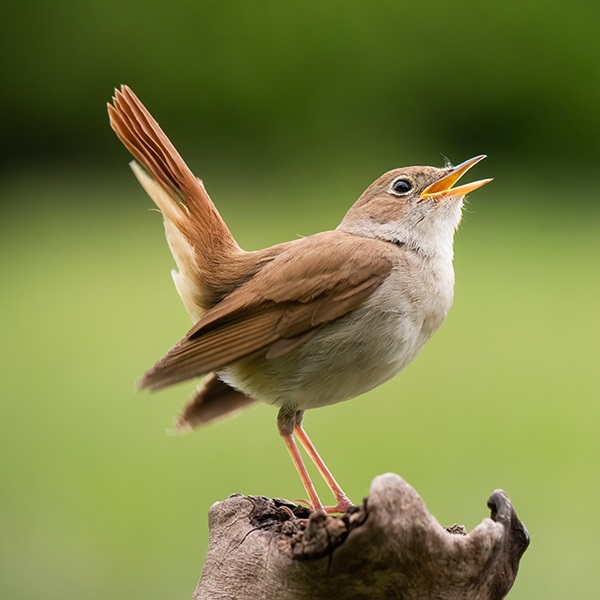
A beautiful nightingale bird.

Image of a nightingale singing in the dark night.

The nightingale is singing its special song.
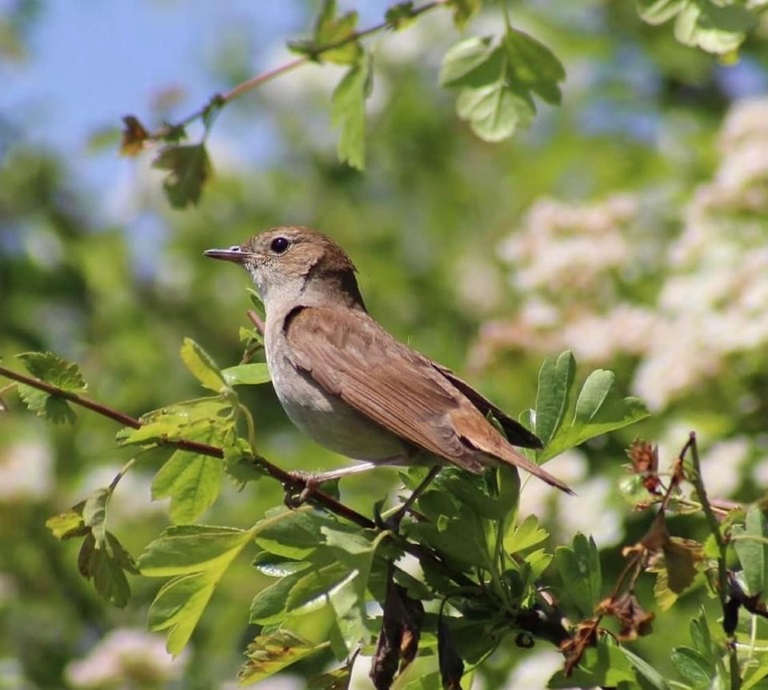
Image of a nightingale perched on a green tree.
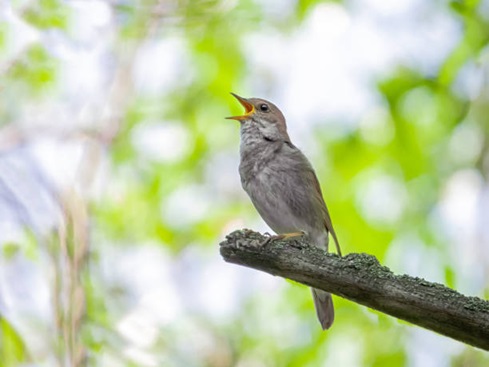
Image of a nightingale perched on a high tree branch and singing.
Through the information that nicebirds.net shares above, it can be seen that the nightingale is a priceless gift from nature. Although not popular in the bird world, the nightingale still plays an important role in Western culture, music and poetry and is loved by many people.
Goodbye and see you soon in the next articles of the Blog section so we can learn more about many other unique and wonderful bird species!

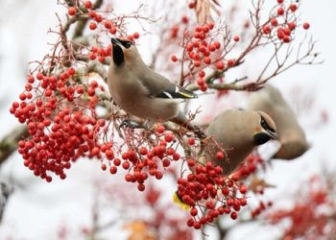

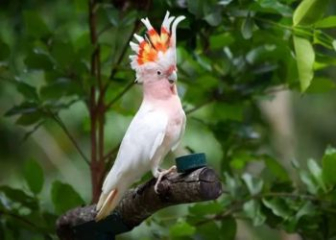
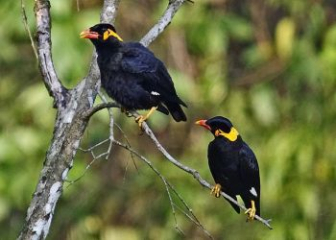
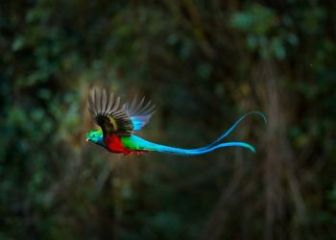





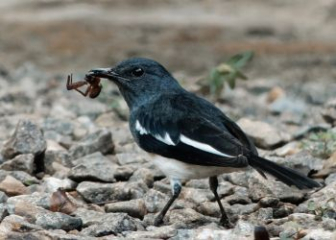
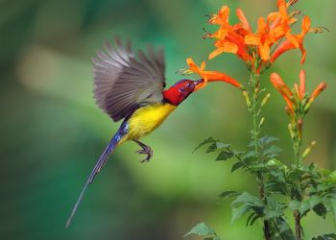


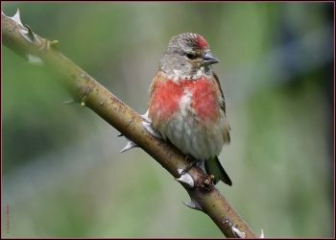
_350x250.jpg)
